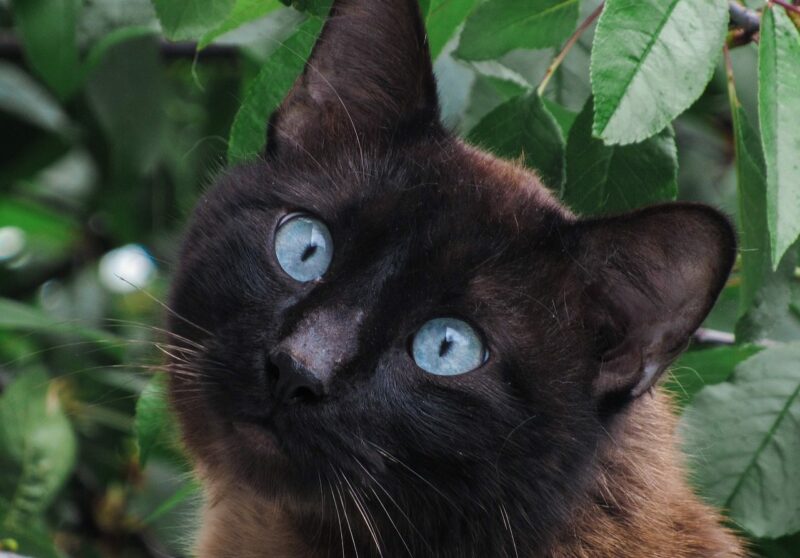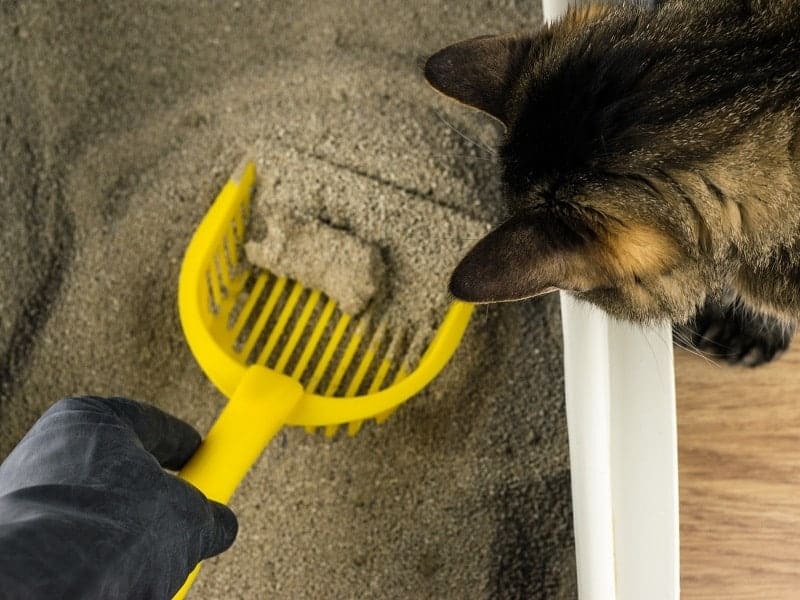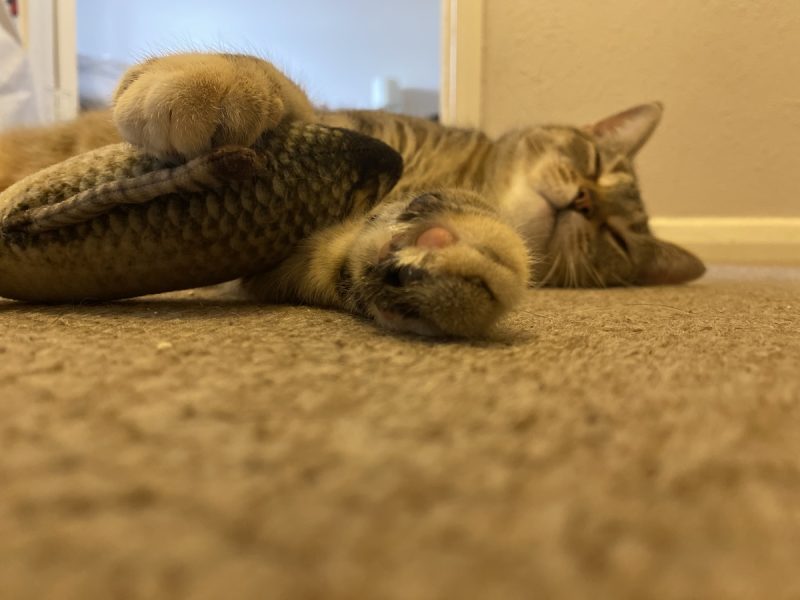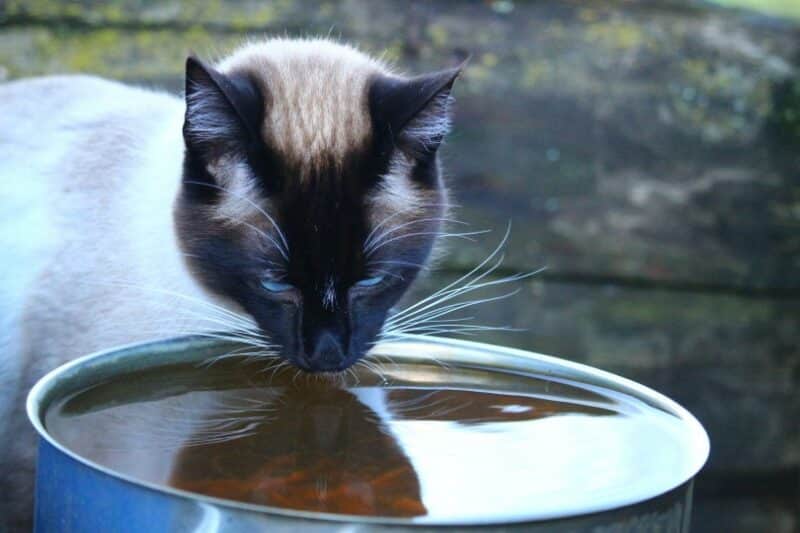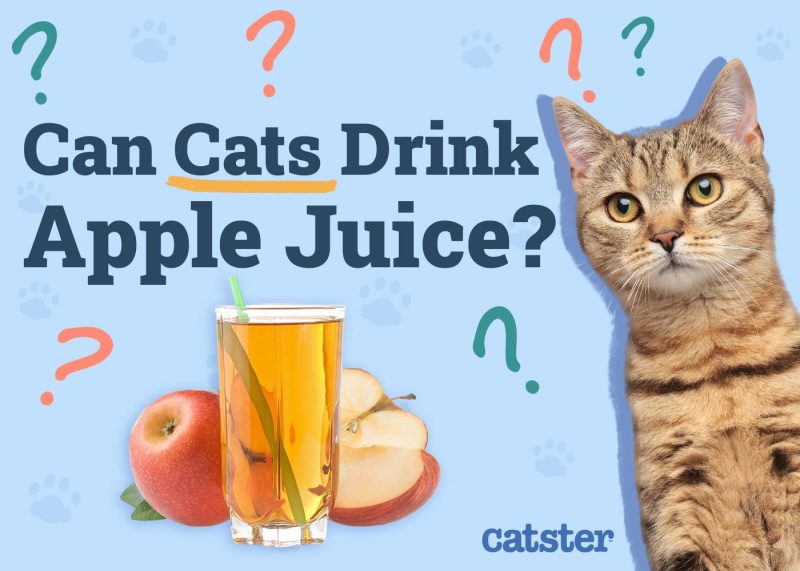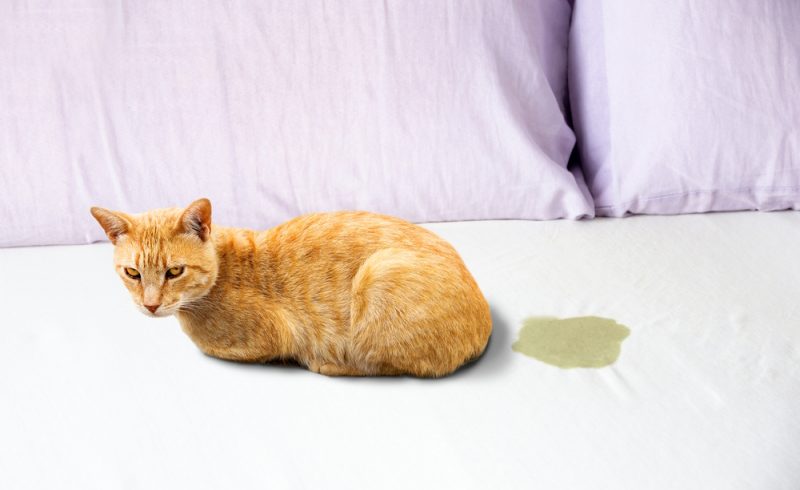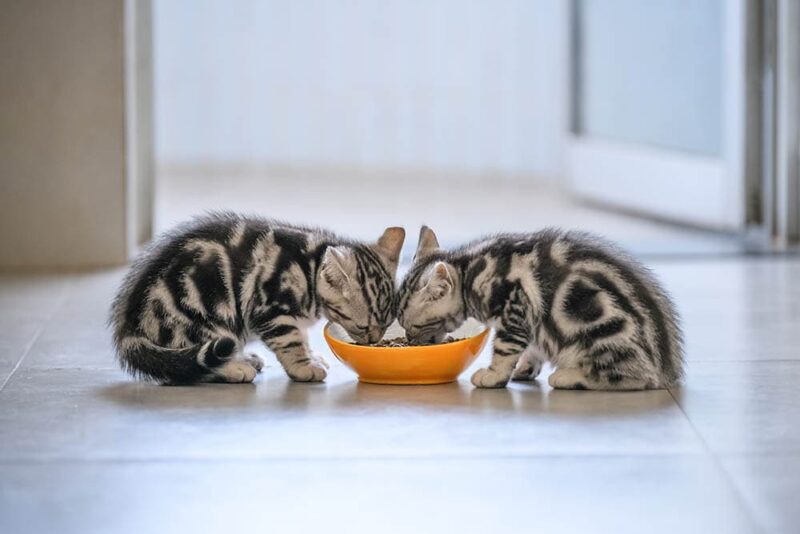Note: This article’s statistics come from third-party sources and do not represent the opinions of this website.
Cats were introduced to Australia in the late 18th century when they were brought over on the first fleet. Since then, they have spread rapidly and now cover most of mainland Australia, with numbers increasing on a lot of the major islands and territories. As well as a population of approximately 5 million pet cats, Australia is believed to have another 5 million stray and feral cats, with most of these considered pests due to the number of indigenous wild animals that they kill.
According to some estimates, a single feral cat kills around 800 wild animals a year, and the problem is so big that Australia has the most extinctions as a result of feline predation anywhere in the world.
Below are statistics related to cats in Australia, including information on pet cats and the feral and wild cat populations.
Australia Cat Statistics
- Including feral and stray cats, there are approximately 10 million felines in Australia.
- There are cats across 99.9% of mainland Australia.
- 69% of Australian households own pets.
- A third of Australian households own cats.
- There are 5.3 million cats living in 3.3 million homes.
- The initial cost of getting a cat is between AUS $1,150 and $3,570.
- 11% of pet cats cost owners more than AUS $1,000 to buy.
- Cat owners should expect to spend AUS $17,000 over the cat’s lifetime.
- Food is the largest annual bill for cat owners and accounts for 51% of annual spend.
- Gastrointestinal disease is the most common ailment in cats, requiring a vet visit.
- Luna is the most popular name for both cats and dogs.
- Feral cat numbers in the bush range from 1.4 million to 5.6 million, depending on the time of year.
- There are 0.7 million feral cats in urban areas.
- Cats kill more than 2 billion animals a year in Australia.
- A single feral cat kills, on average, 390 mammals, 225 reptiles, and 130 birds, every year.
- Australia has the highest number of species of wild animals made extinct by cats.
- 30% of cat owners got their pets from shelters and rescues.
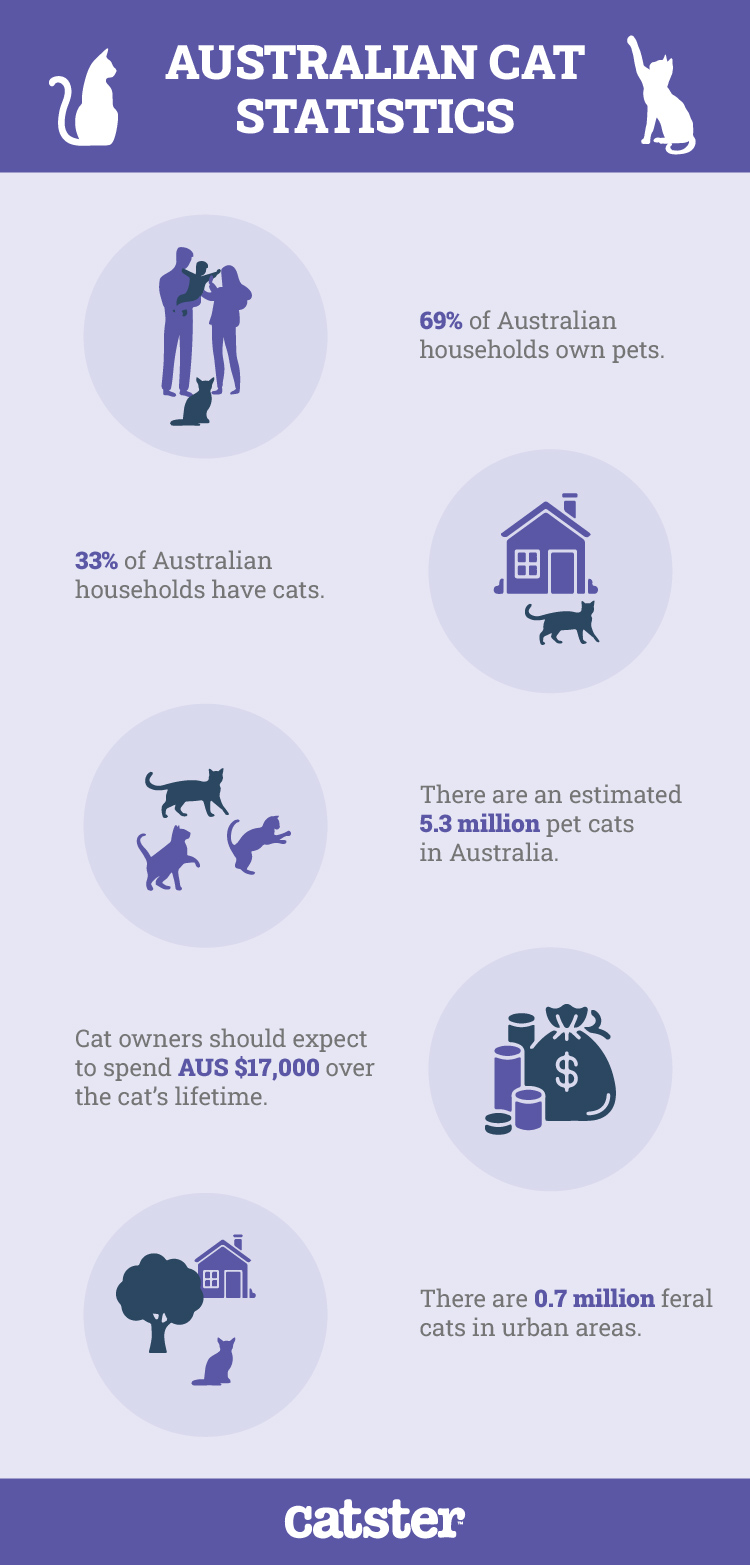
Cats
1. Including feral and stray cats, there are approximately 10 million felines in Australia.
(Invasives)
Cats may not have been introduced to Australia until the 18th century, but their prolific breeding and adaptability have seen their numbers swell considerably. Although it is impossible to gain an exact figure, it is believed there are approximately 10 million cats in Australia, with approximately half of these being pet cats and the other half being feral or stray cats.
Australia does have a feral and stray cat population problem, and ferals are considered pests because of the number of indigenous animals they kill.
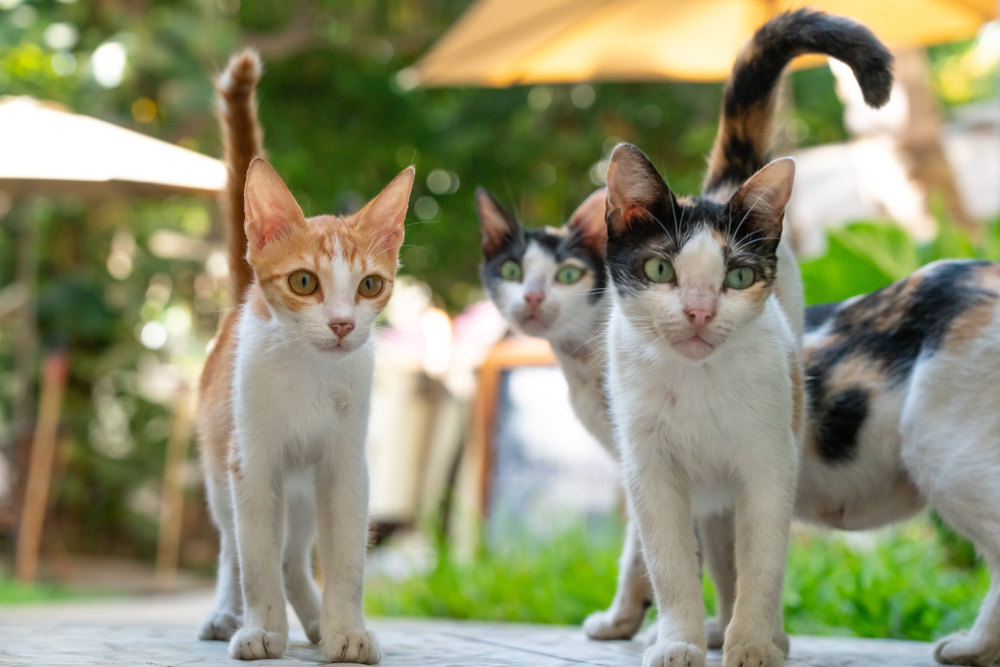
2. There are cats across 99.9% of mainland Australia.
(Invasives)
Cats are now found in 99.9% of mainland Australia, including pet and feral felines. They are highly adaptable creatures, able to predate any small animals. They also wander, and this combination means they have spread across territories that might seem uninhabitable or inhospitable for life.
And, considering a single female cat can lead to hundreds of kittens, it is little wonder they have spread across the country.
3. 69% of Australian households own pets.
(Animal Medicine Australia)
Australia is a nation of pet lovers with 69% of households owning pets of some sort. The species with the highest population is fish, while dogs are the animals that are found in most homes. Cats are the second most popular pet, in terms of household reach.
The number of pets rose between 2020 and 2022, although changes in working habits and the cost-of-living crisis mean that many new pet owners are struggling to keep and care for their new pets.
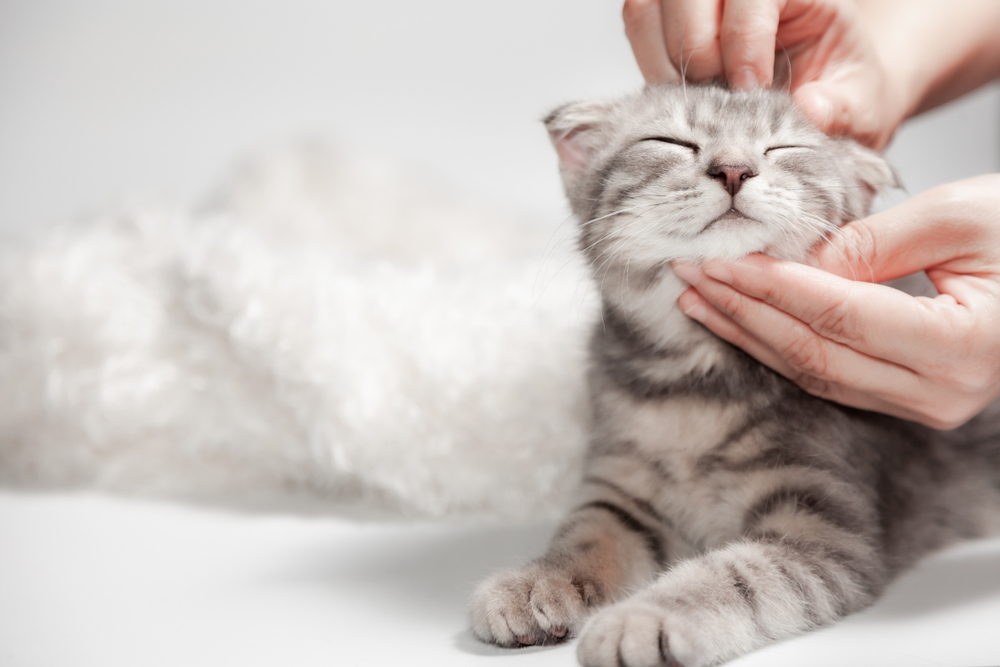
4. A third of Australian households own cats.
(Animal Medicine Australia)
Although Australia does have a problem with strays and ferals, not all cats in the country are homeless. In fact, Australia has a high rate of ownership of companion cats with a third of all households owning at least one cat.
Cat owners are more likely to keep multiple cats than dog owners are to keep multiple dogs.

Cat Ownership
5. There are 5.3 million cats living in 3.3 million homes.
(Pet Memorial Australia 1)
The 5.3 million population of pet cats live in 3.3 million homes, which means that the average cat owner has 1.6 cats. In contrast, 6.3 million dogs live in 4.8 million homes, so the average dog owner keeps 1.31 dogs.
Fish owners keep 9.2 fish and small mammal owners keep 2.4 small mammals each, on average.
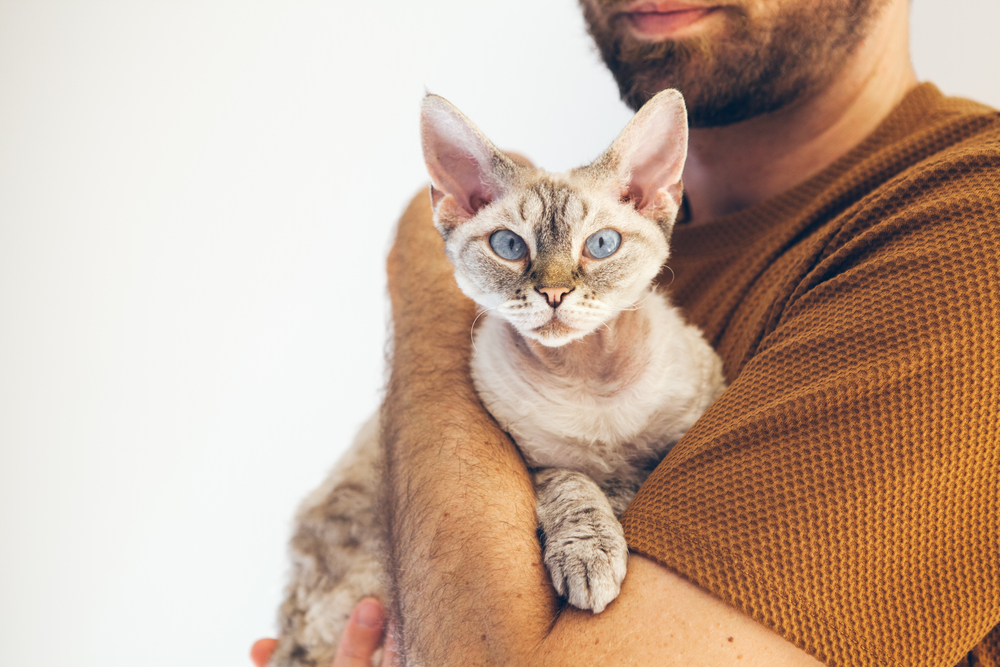
6. The initial cost of getting a cat is between AUS $1,150 and $3,570.
(Pet Memorial Australia 2)
When it comes to acquiring pet cats in Australia, the purchase or adoption fee is only a portion of what new owners need to pay. They also need to pay for starting supplies like beds and food. In most cases, owners also pay for neutering or spaying, as well as chipping and more.
Depending on the purchase cost of the cat, the initial fee to get a cat ranges from $1,150 and $3,570.
7. 11% of pet cats cost owners more than AUS $1,000 to buy.
(Animal Medicine Australia)
The pandemic saw the cost of buying cats rise dramatically. Today, more than one in ten buyers pay more than $1,000 for their cats.
Adopting a cat typically costs a couple of hundred dollars and not only do adopters spend less money on the purchase of the cat, but most rescues and shelters ensure that cats are neutered or spayed, have had their vaccines, and are microchipped before they leave for their new home. This can save the new owner hundreds more dollars.

8. Cat owners should expect to spend AUS $17,000 over the cat’s lifetime.
(Pet Memorial Australia 2)
Although the first year of owning a cat is usually the most expensive, because of the cost of buying the cat and early supplies, it still only makes up a fraction of what the cat will cost over its life. Owners should budget around $1,000 per year, with the average cat costing $17,000 over a 20-year life.
Insurance can help protect against the unexpected financial cost of injury or illness, but this is not the biggest expense for most cat owners.
9. Food is the largest annual bill for cat owners and accounts for 51% of annual spend.
(Pet Food Industry)
The largest expense for cat owners is food. Considering all pets, 51% of annual expenditure on those pets is spent on food.
Cats are obligate carnivores which means their food needs to consist primarily of meat and animal products, although a lot of foods do contain plant ingredients and are fortified with vitamins and minerals to help ensure a well-rounded and nutritionally balanced diet.
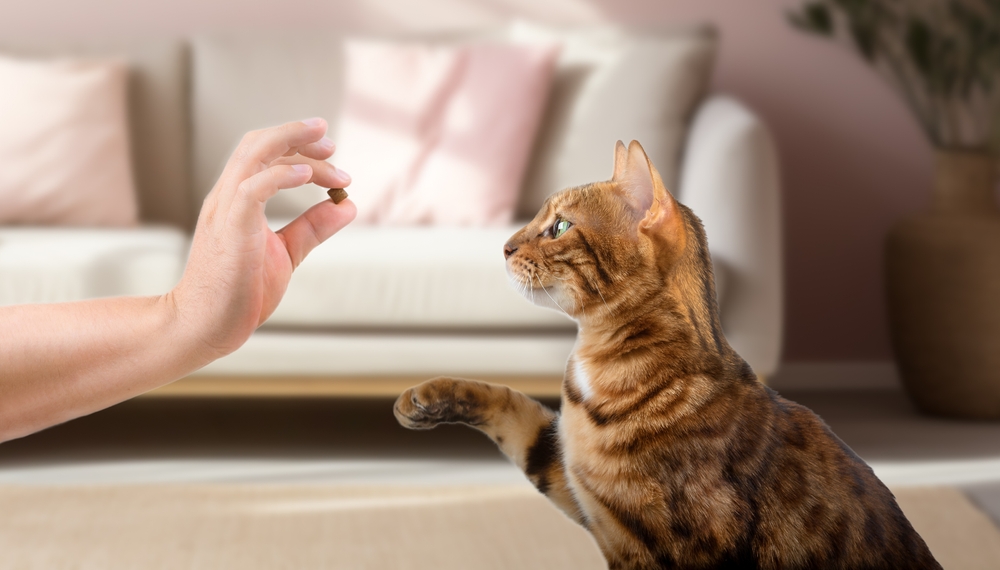
10. Gastrointestinal disease is the most common ailment in cats, requiring a vet visit.
(Pet Sure)
Vet and health costs can vary dramatically over the life of a cat. Some years, a cat may not need any treatment so costs will only include vaccinations and check-ups. But, if a cat gets ill, the costs can quickly add up.
The most common reason for cats to be taken to the vet is for gastrointestinal disease. Internal parasites, constipation, food allergies, and hairballs are common causes of GI disease, but another possible cause is cancer, so it is important that a cat with stomach issues is seen by a vet.
11. Luna is the most popular name for both cats and dogs.
(Pet Sure)
There are certain names that are always popular with pet owners, and one name, in particular, stands out for owners of both species. Luna has been listed as the most popular name for pet cats, and also for pet dogs. The word lunar means relating to the moon, but its popularity may also stem from Luna Lovegood’s character in Harry Potter.


Stray and Feral Cats
12. Feral cat numbers in the bush range from 1.4 million to 5.6 million, depending on the time of year.
(Pest Smart)
Cats will travel considerable distances, either for food or because of poor environmental conditions. As such, the number of feral cats found in the bush can vary drastically, from around 1.4 million when the area is flooded, to as much as 5.6 million when conditions are considered ideal.
When the feral population leaves the bush, it likely moves into urban or semi-urban areas, although some do get trapped and perish.
13. There are 0.7 million feral cats in urban areas.
(Pest Smart)
Feral cats are considered to be those that do not and have never had a home and live in rural areas. Cats that live in urban areas and do not have a home are considered stray.
Regardless of definition, there are believed to be around 700,000 homeless cats living in urban areas. Some cats choose to live in towns and cities because of the proximity to food and because they are not accustomed to living in the wild.
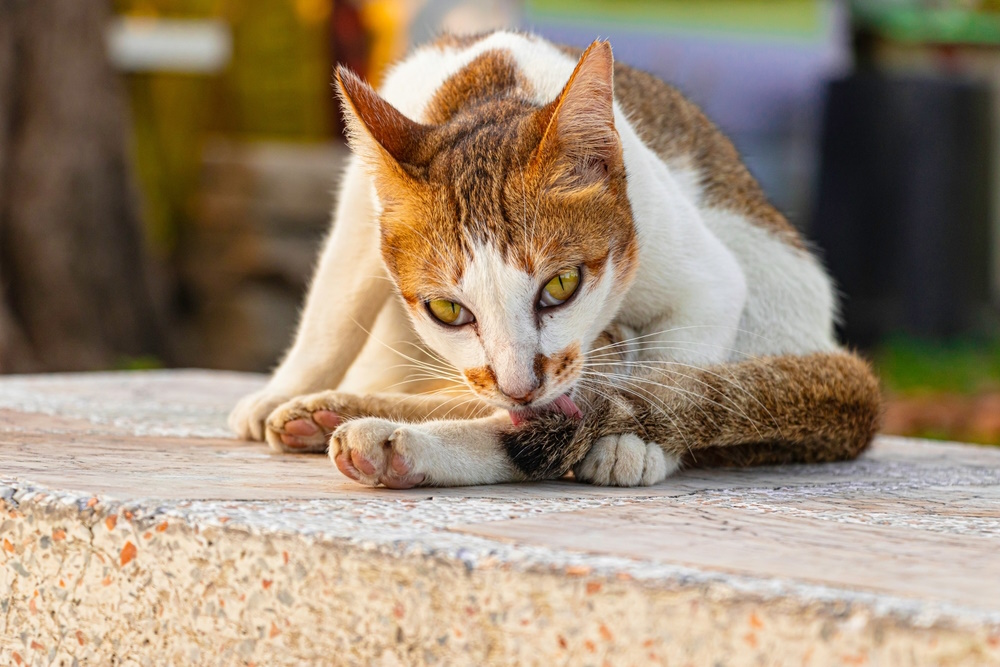
14. Cats kill more than 2 billion animals a year in Australia.
(Invasives)
One of the reasons feral cats are considered pests in Australia is because of the number of wild animals they kill. On average, the Australian cat population is believed to kill more than 2 billion wild animals every single year. The figure includes 1 million mammals, 400,000 birds, 600,000 reptiles, and nearly 100,000 frogs.
As a result of these numbers, regions across Australia have introduced measures to control feral cat populations, which include trapping and shooting.
15. A single feral cat kills, on average, 390 mammals, 225 reptiles, and 130 birds, every year.
(Smithsonian Mag)
The above figure, and the estimated feral cat population, mean that a single feral cat kills 390 mammals, 295 reptiles, and 130 birds every single year. That is equivalent to more than 2 animals every 24 hours.
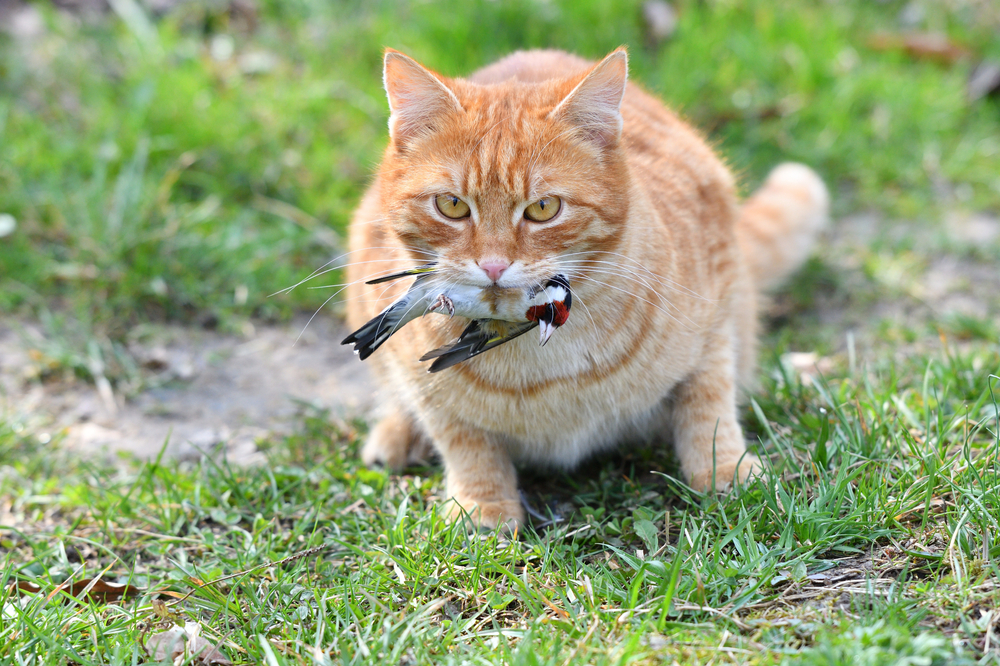
16. Australia has the highest number of species of wild animals made extinct by cats.
(Smithsonian Mag)
The government released a report in 2021 stating that cats are the biggest cause of the extinction of land mammals in Australia. They claim that 34 species have been completely eradicated by the cat population and that dozens more are under serious threat as a result of cats.
At the time, the report suggested that a successful trial of exclosures be expanded. An exclosure is an area built to contain wildlife and to prevent unwanted animals, like cats and foxes, from getting in.
17. 30% of cat owners got their pets from shelters and rescues.
(Statista)
There is a massive overpopulation problem in rescues and shelters, too, and a study a few years ago found that approximately 50,000 cats a year were being euthanized despite being young and otherwise healthy. Owners are encouraged to adopt cats, where possible.
It helps keep the homeless population down and costs less. Approximately 30% of owners got their cats from centres, but 44% of owners still got their cats from breeders.
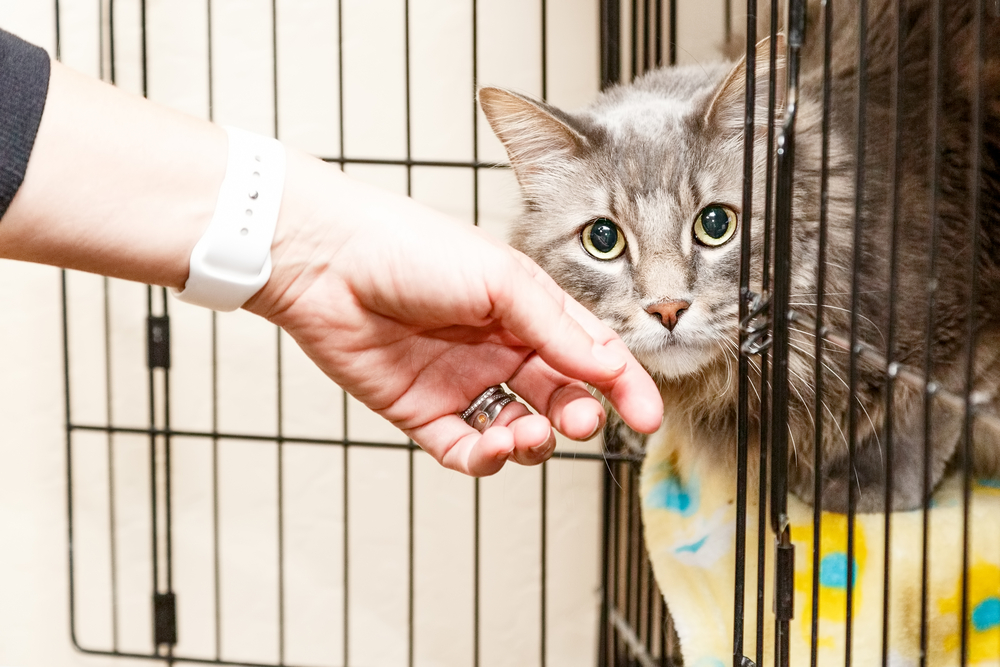

Frequently Asked Questions (FAQ)
When were cats introduced to Australia?
Cats were first introduced to Australia in 1788 when they were brought over on the First Fleet. It is estimated that it took around 70 years before they spread across the whole continent.
Because the local wildlife had never faced cats before, they were not equipped to deal with these predators, meaning that local wildlife was ill-equipped to deal with the feline threat. The cats had plentiful prey, and the prey had minimal defence.
(Invasives)
Should you keep your cat indoors?
Proponents of keeping cats indoors state that it is better for wildlife and for the cats themselves. Cats are insatiable predators, and the feline population of Australia kills billions of wild animals every year.
Keeping cats indoors can help control this, although it is likely that most predation is undertaken by feral and stray cats, rather than pet cats. While cats are skilled predators, they are also prey to some larger animals, while the feral population of cats can pass on illnesses and diseases to pet cats that are let out.

How much do cats cost?
Costs do vary. Adopting a cat can cost as little as a couple of hundred dollars, although even adoption fees vary from center to center. In contrast, buying a cat typically costs more with some pedigree breeds costing thousands of dollars. What’s more, buying means that the new owner will be responsible for the cost of neutering or spaying, as well as initial vaccines and other early costs.
When adopting a cat, the adoption center will usually cover these costs. Over its lifetime, the source of the cat does not matter, and it costs an estimated $900 a year or $17,000 over the 20-year lifetime of a cat. These costs include food, veterinary bills, and other costs.

Conclusion
Cats are the second most popular pet in Australia, but feral and stray cats pose a real problem. Since their introduction at the end of the 18th Century, they are believed to have caused the extinction of dozens of wild animal species and have put dozens more at risk of following suit.
Steps are being taken by local governments and welfare groups to curb the population of feral cats and help protect wildlife, but with a population of as many as nearly 6 million, it is a growing problem that is difficult to combat.
Featured Image Credit: Murat An, Shutterstock




